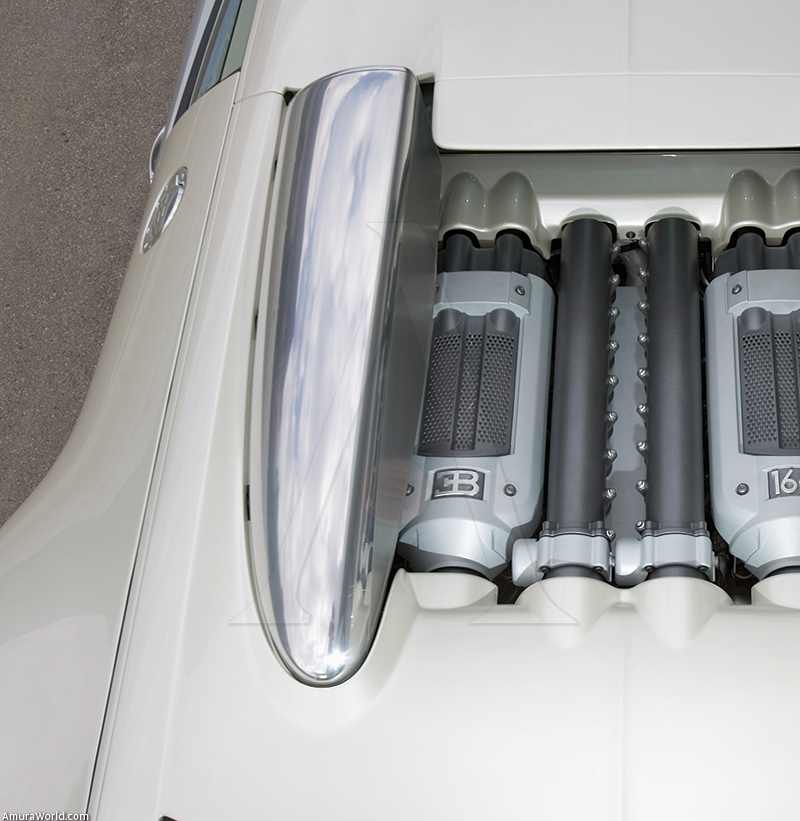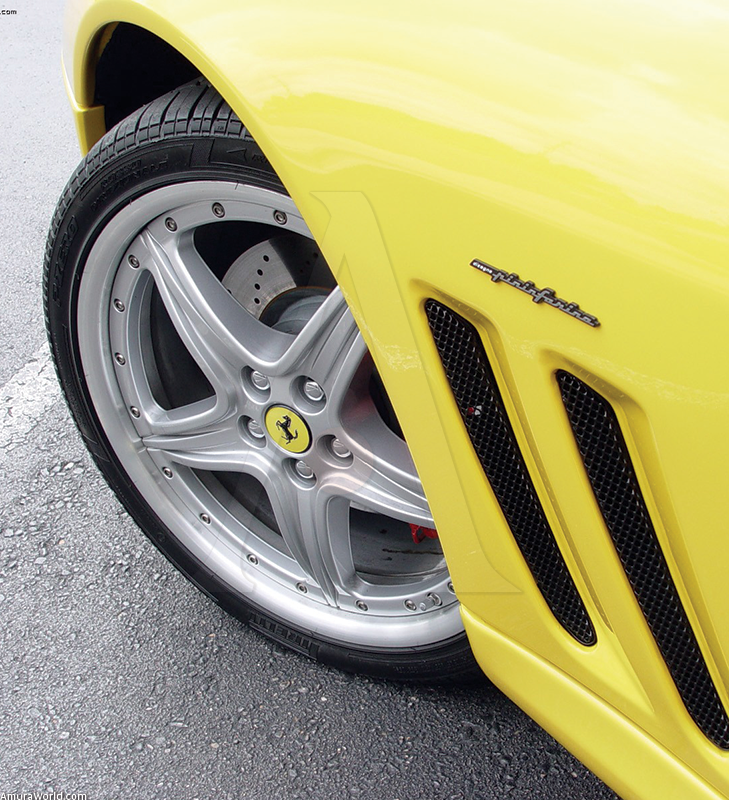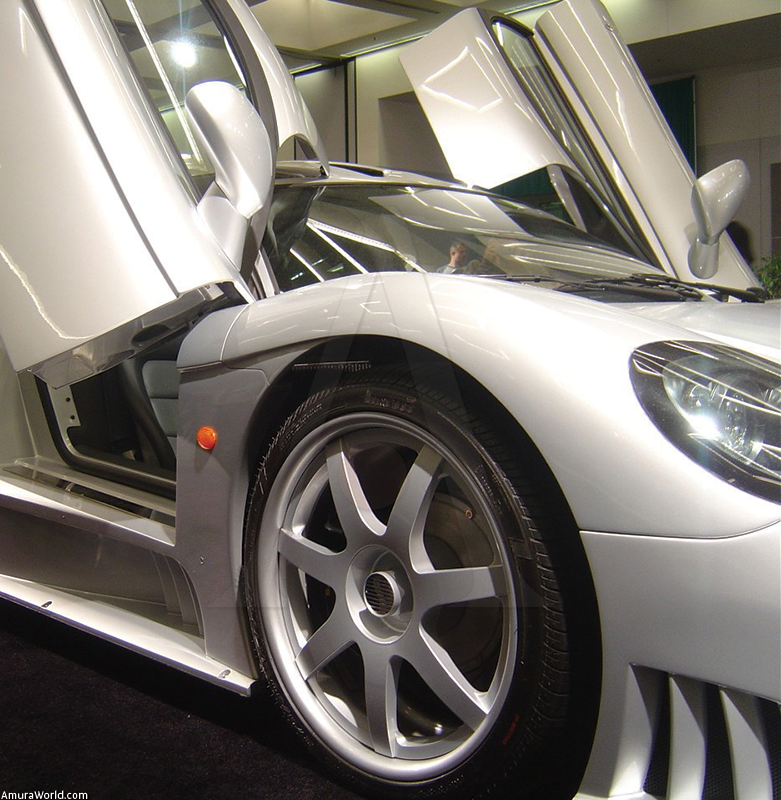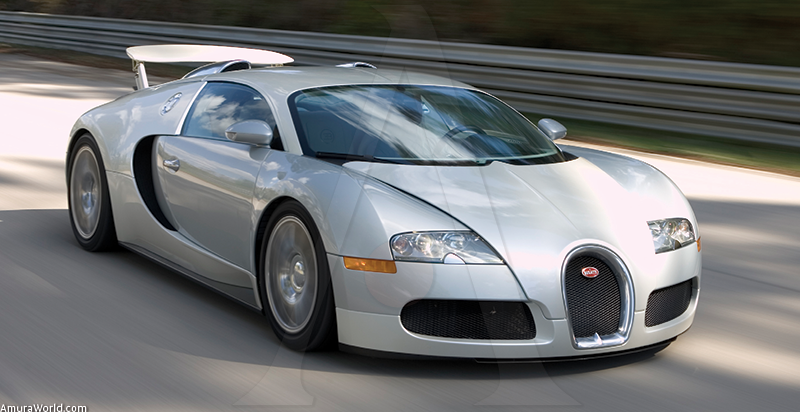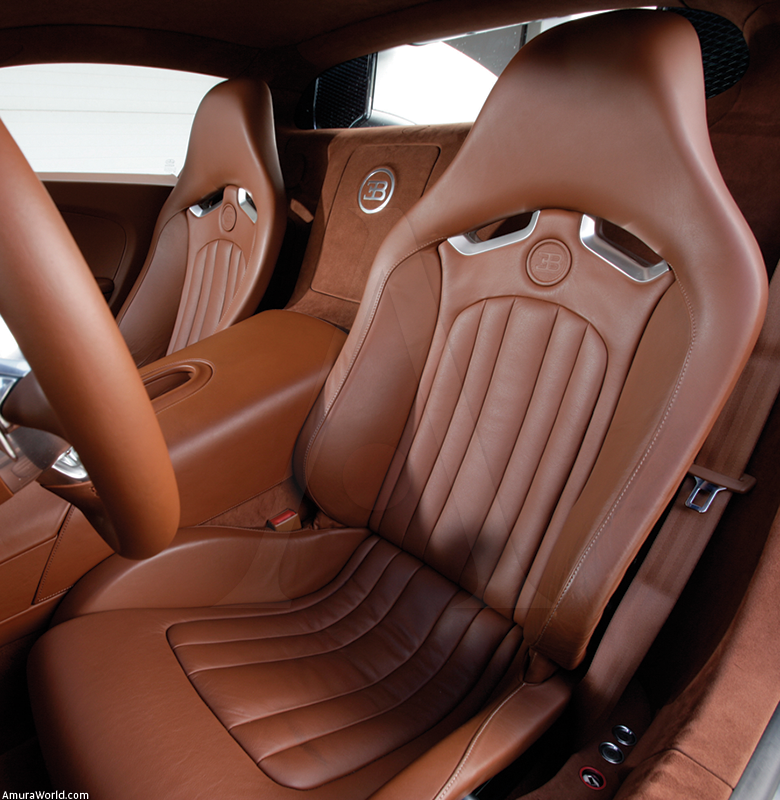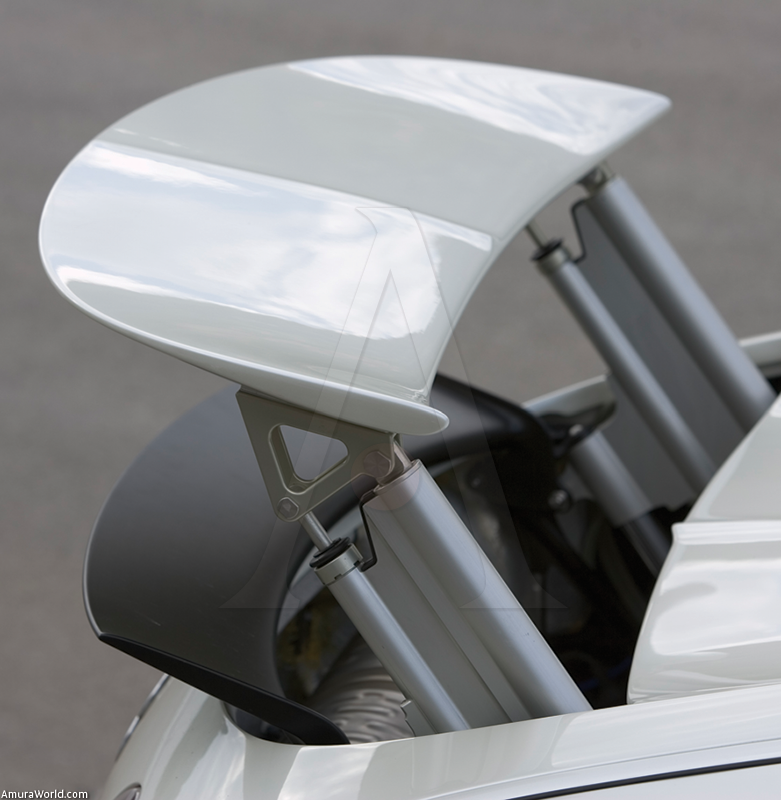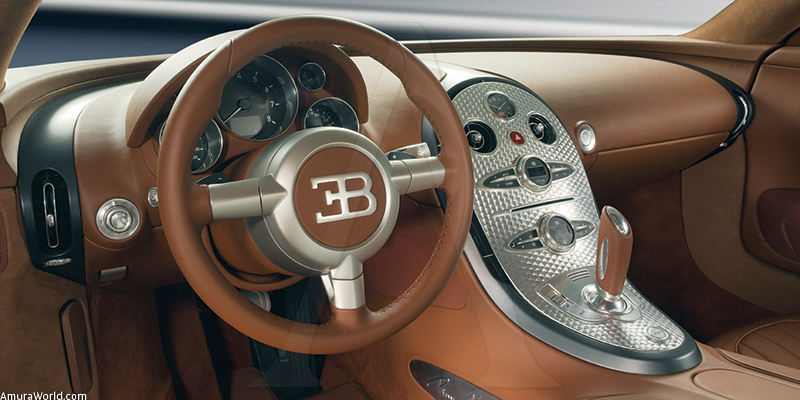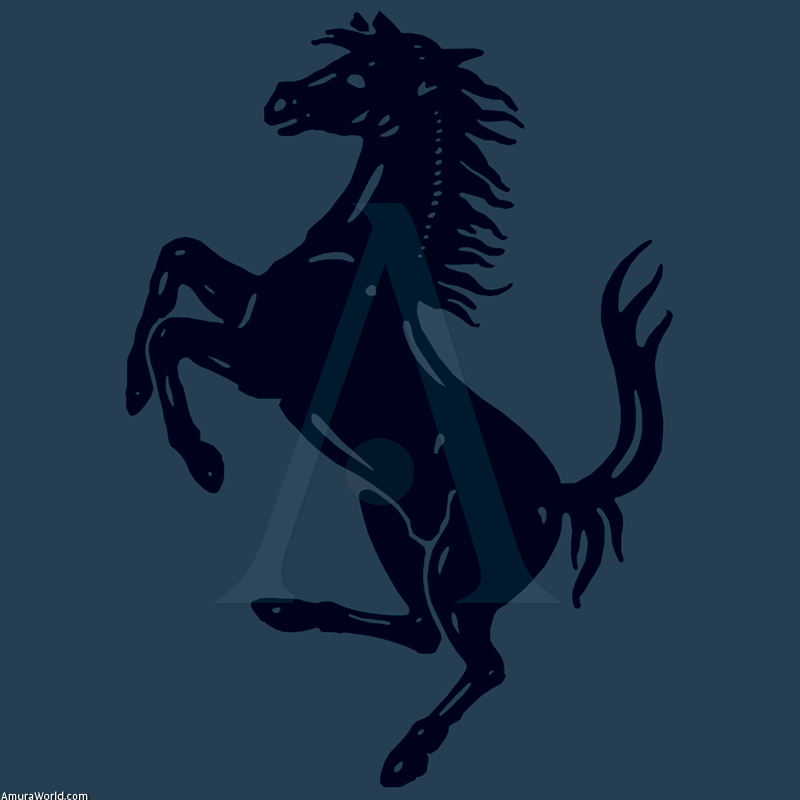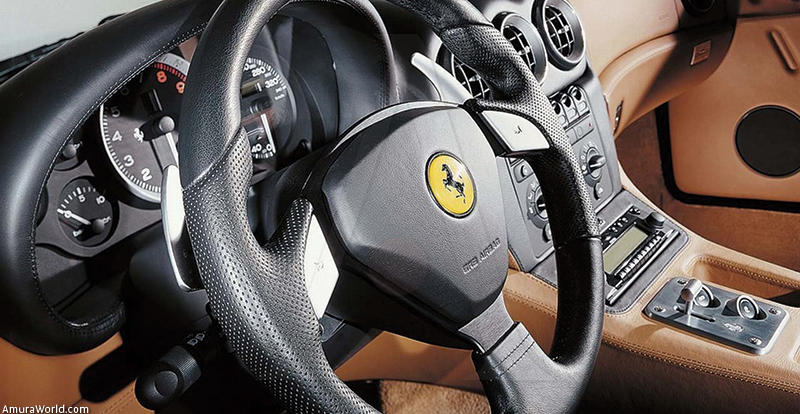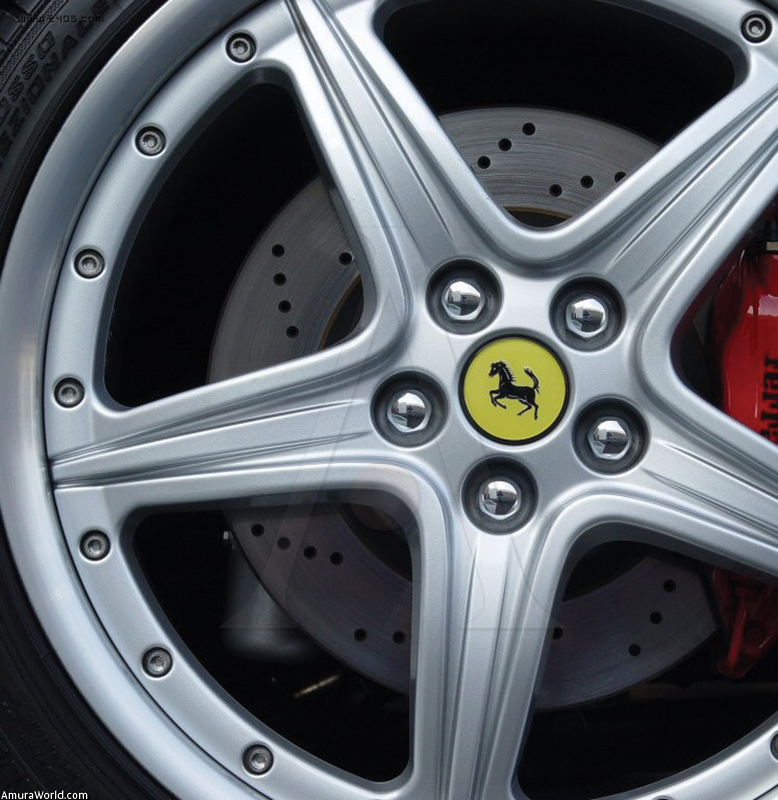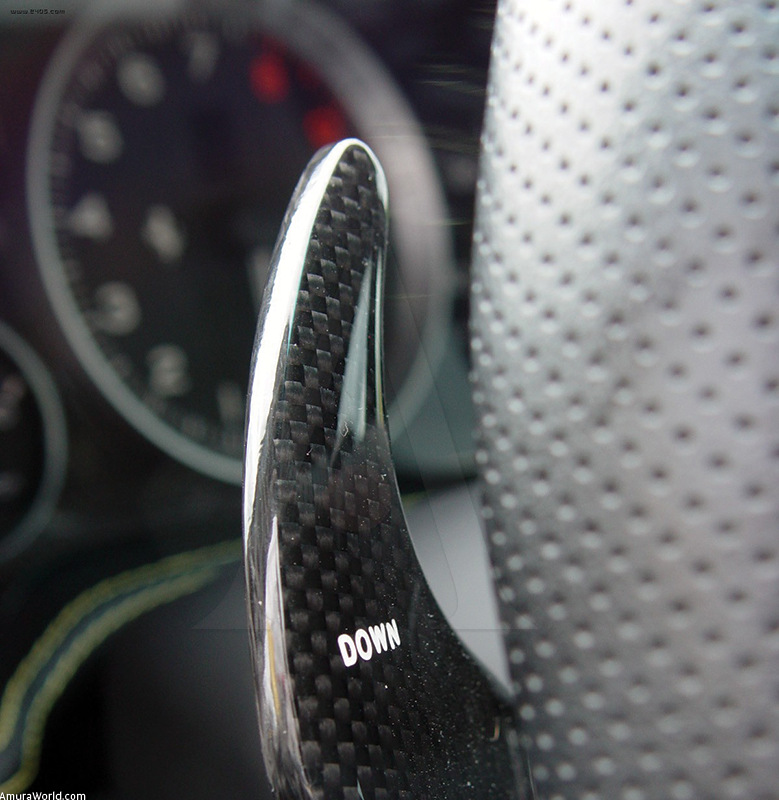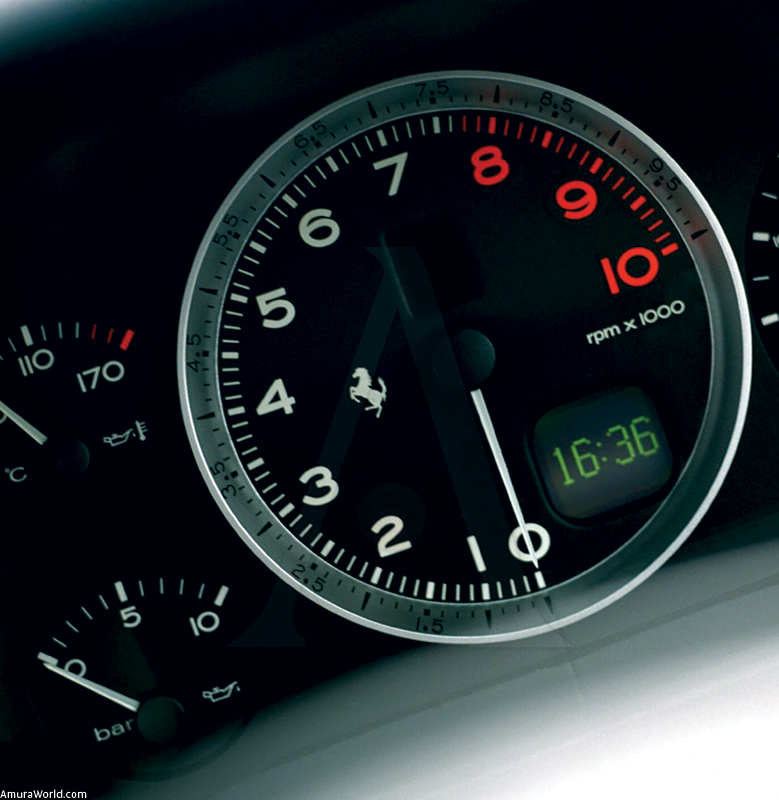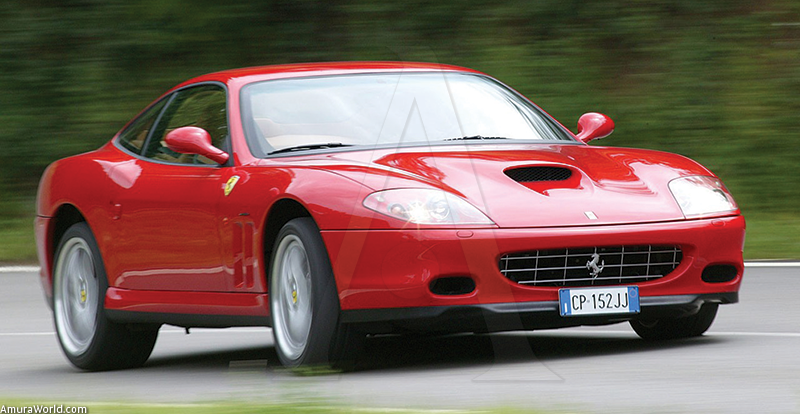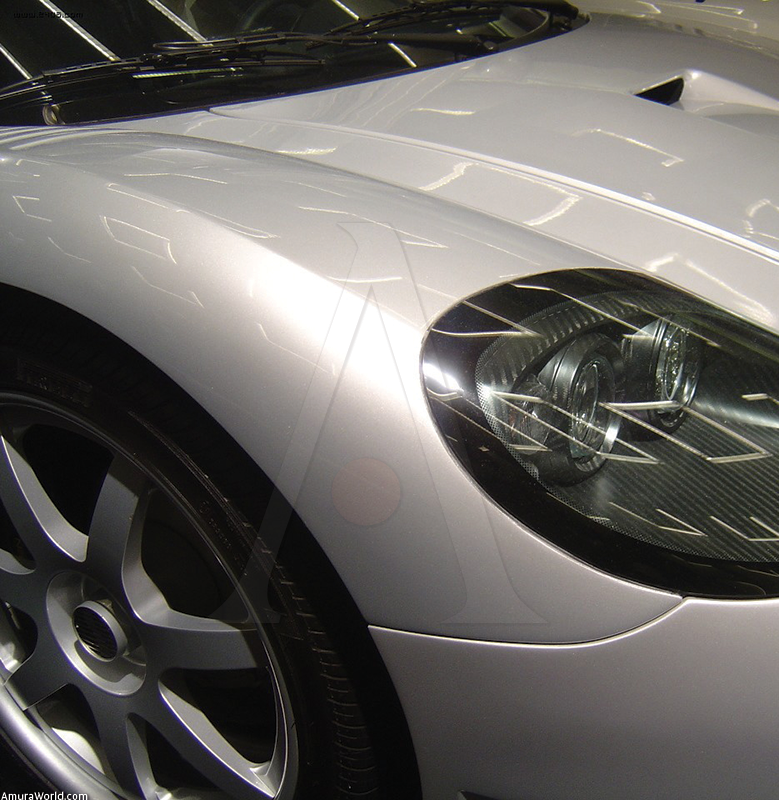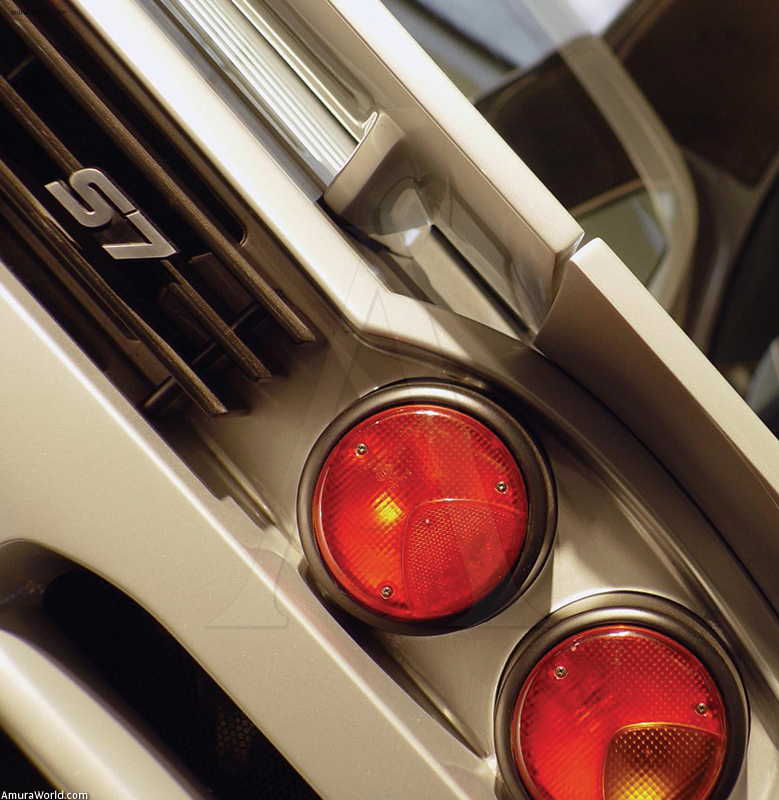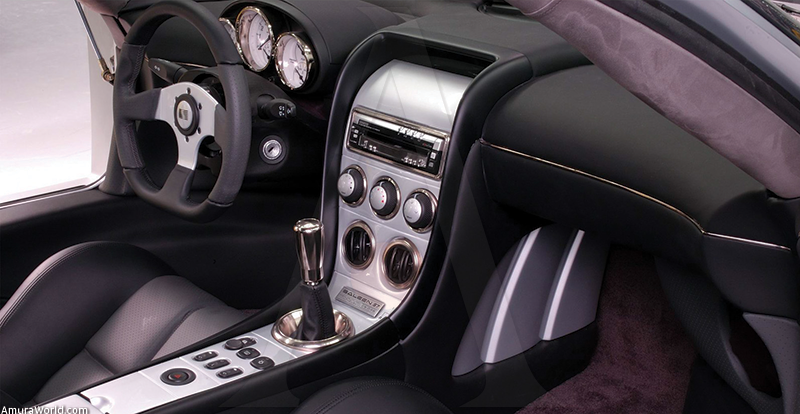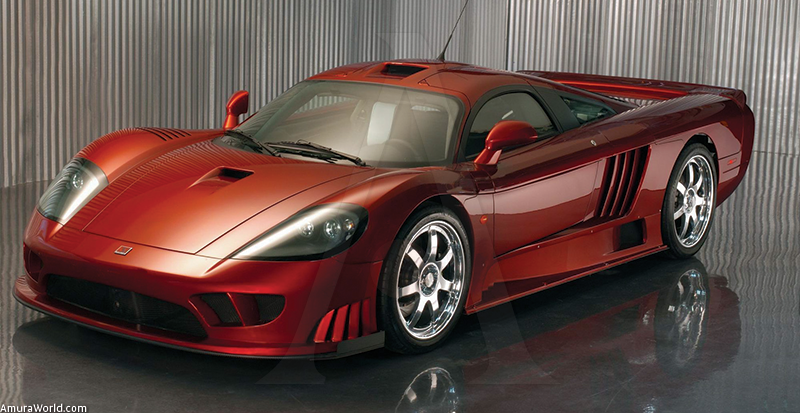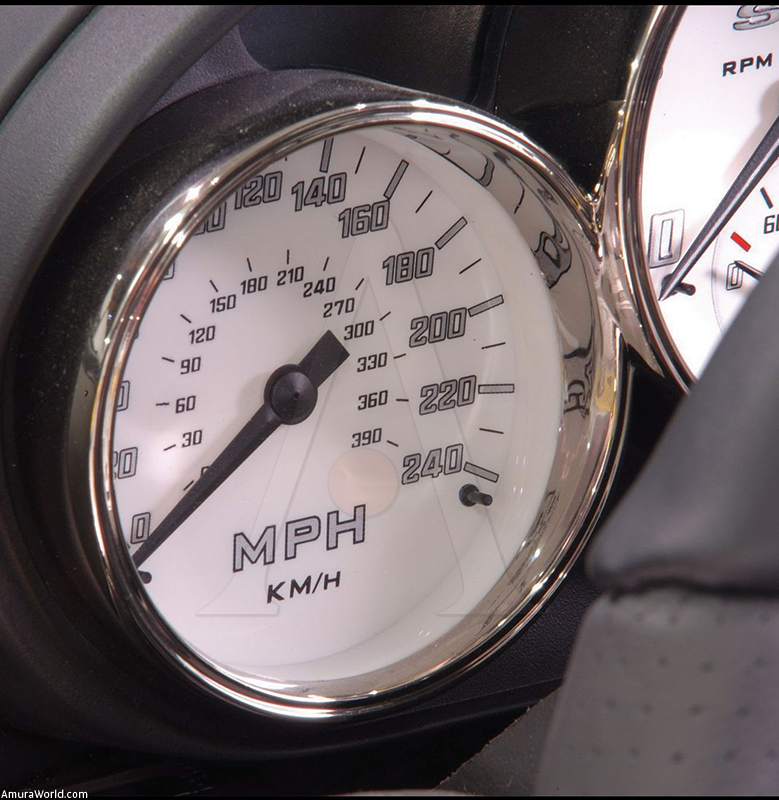On January 27,1938, in Germany, the Frankfurt- Heidelberg highway was closed to traffic. One of the drivers who wanted to win the land speed record said “at about 400 km (248 miles) per hour, the seams on the surface of the road feel like lightning. Going under the tunnels, the car pushes the trapped air and I feel like my chest is going to burst and the sound of the motor stops for an instant and returns with a bang once I've crossed it..."
Just over 60 years ago, experiences like these were reserved for only a handful of slightly crazy, brave men. Now there are machines capable of letting a few more partake of this experience. The craziness now lies only in the price tag.
Bugatti Veyron 16.4
After four years of development, half a dozen prototypes, rumors that its aerodynamics were badly designed and stories of transmission systems shattered by a 1001 HP engine so talked about that more than one person thought it was just overblown hype... Finally, the Bugatti Veyron 16.4 is ready to roll and stop the needle of the speed dial at 406 km/h (252 mi/h), a number that fulfills a prophecy: to offer the general public the fastest car and at the highest price in history.
They could have limited it electronically at 401 km/h and continued working on the subconscious but, sarcasm aside, what is important is that this vehi- cle is this centuiy's first Bugatti. Its dimensions are imposing: 4.5 by 2 meters (14.7 by 6.5 feet), length and width, designed with the stability required for the great speeds that this car can reach.
Without doubt, the most impressive thing about the car is its power source, a W-shaped 16-cylinder engine with four valves per cylinder and four turbo- compressors that overcharge its eight-liter capacity.
The Veyron’s 1001 HP present acceleration parameters never before mentioned for a machine capable of driving on the streets, from 0 to 100 km/h (0 to 62 mi/h) in three seconds and from 0 to 300 km/h (0 to 186 m/h) in little less than 14 seconds.
The transmission system has seven sequential gears with permanent integral four-wheel traction that can make changes at 0.2 seconds. This means constant, uninterrupted acceleration until either HP or fuel run out. It is important to point out that accel- erating past 400 km/h (248 mi/h) is a true ceremony because the driver turns a second key to activate a mode where all the vehicle's systems sharpen in order to drive at these speeds for a few seconds. The fuel would run out after driving 12 minutes at 400 km/h (248 mi/h), in the hypothetical scenario of finding a long and straight enough road!
| Engine |
| W 16 de aleación |
| 8 L |
| Horse power |
| 101 |
| Time from 0 to 62 mph |
| 3.0 seconds |
| Top speed |
| 406 km/h (252 mph) |
Ferrari 575 M
Elements like tradition, design and handling place the Ferrari 575M in a family of exotic lin- eage. The Italian brand’s nomenclature tells it all, “M" is for “modified" and refers to the variations in this model as compared to its predecessor, the 550 Maranello.
The most significant change is the 5.75-liter V12 engine, hence the numbers in its name and the 5.5- liter cylinder capacity improvement over its younger brother. In addition, changes were made to the engine heads, fuel injectors and exhaust system all contribut- ing to the 515 HP that accelerates from 1 to 100 km/h (0 to 62 mi/h) in 4.2 seconds by a six gear sequential transmission system that is operated with levers located behind the steering wheel, a design created by Ferrari for its single-pilot Formula One cars.
The Carrozzeria Scaglietti program, which allows for a practically unlimited array of paint options (we know that one fanciful lady chose the color to match her lipstick), allows the 575M to be adapted to the owner’s taste. The dashboard can be personalized with a variety of tones of leather other materials like aluminum or carbon fiber. The owner also gets to choose the color of the brake caliper as well as the type of seat (Standard, Daytona or Racing). Leather luggage is available in tones that match those of the interior, however, are all these choices necessary when no one uses red better than Ferrari?
| Engine |
| V12 |
| 5.75 L |
| 8 L |
| Horse power |
| 515 |
| Time from 0 to 62 mph |
| 4.2 seconds |
| Top speed |
| 337 km/h (209 mph) |
Saleen S7 Twin Turbo
This is perhaps the biggest change in the history of the S7 since it was first introduced in the exhibition halls four years ago. It seems that, for Steve Saleen, 500 HP was not enough. He and his engineers chose to stop thinking about atmospheric engines and added two turbocompressors to increase the car’s HP to 750. Alongside the original S7 it is diffi- cult to spot the changes, but they stand out perform- ance-wise. The diffuser and rear spoiler have been redesigned so the car’s aerodynamic friction was reduced by 40% and its efficiency increased by 60%. This means that, at 200 km/h (124 mi/h), the car could be driven upside down and would still not leave pave- ment Saleen claims 2.8 seconds in the academic 0 to 100 km/h (0 to 62 mi/h) and, though there isn't an official number regarding top speed, some speculate that it is around 360 km/h (223 mi/h).
They also revised the suspension system and vir- tually the whole chassis was strengthened to improve performance during acceleration and braking. A Ford engine under the hood will be enough for many to shun the S7, however, this is the only North American representative in the world of supercars.
The interior upholstery is a combination of leather marked by asymmetrical details that give it a really sport look. They have kept the characteristic trait of replacing the rear-view mirror for a rearmounted video camera in this model and now the owner can enjoy a custom-made three-piece luggage set designed by the prestigious Mulholland Brothers.
| Engine |
| V8 |
| 7.0 L |
| 8 L |
| Horse power |
| 750 |
| Time from 0 to 62 mph |
| 2.8 seconds |
| Top speed |
| ˜ 360 km/h (˜ 223 mph) |
Text: ± Photo: Cortesía de las marcas

